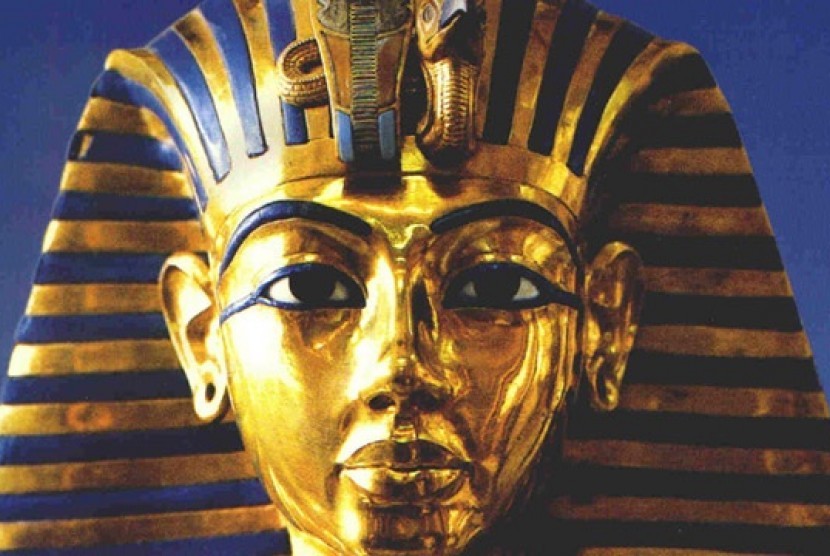REPUBLIKA.CO.ID, CAIRO -- High-resolution scans suggest the tomb of Ancient Egypt's boy-king Tutankhamun contains passages to two hidden chambers, including what one British archaeologist believes is the last resting place of Queen Nefertiti.
If proven, the discovery would be the most significant this century and shed light on what remains a mysterious period of Egyptian history despite frenzied international interest.
Nefertiti, whose chiselled cheek-bones and regal beauty were immortalised in a 3,300-year old bust now in a Berlin museum, died in the 14th century BC.
British Egyptologist Nicholas Reeves told a news conference in Cairo on Thursday that he believes Tutankhamun's mausoleum was originally occupied by Nefertiti, thought by experts to have been his step-mother, and that she has lain undisturbed behind what he believes is a partition wall for over 3,000 years.
"If it is true, we are facing a discovery that would overshadow the discovery of Tutankhamun himself," Egyptian Antiquities Minister Mamdouh al-Damaty told reporters.
"This would be the most important discovery of the 21st century."
Reeves said radar and thermal imaging could help establish whether secret rooms were indeed hidden behind Tut's burial chamber and what they might hold. Damaty said the next step would be to carry out radar studies at the site, which could begin in the next one to three months.
King Tut, as he is affectionately known, died around 1323 BC. His intact tomb, complete with his famous golden burial mask, was discovered in the Valley of the Kings in 1922 by another British Egyptologist, Howard Carter.
Experts have long sought to understand why Tut's tomb was smaller than that of other pharaohs and why its shape was more in keeping with that of the Egyptian queens of the time.
Egyptologists remain uncertain over where Nefertiti died and was buried. She was long believed to have passed away during her husband's reign, suggesting she could be buried in Amarna, where her bust was found in 1912. More recently, most experts, including Reeves, have come to believe she outlived Akhenaten but changed her name and may have briefly ruled Egypt.


